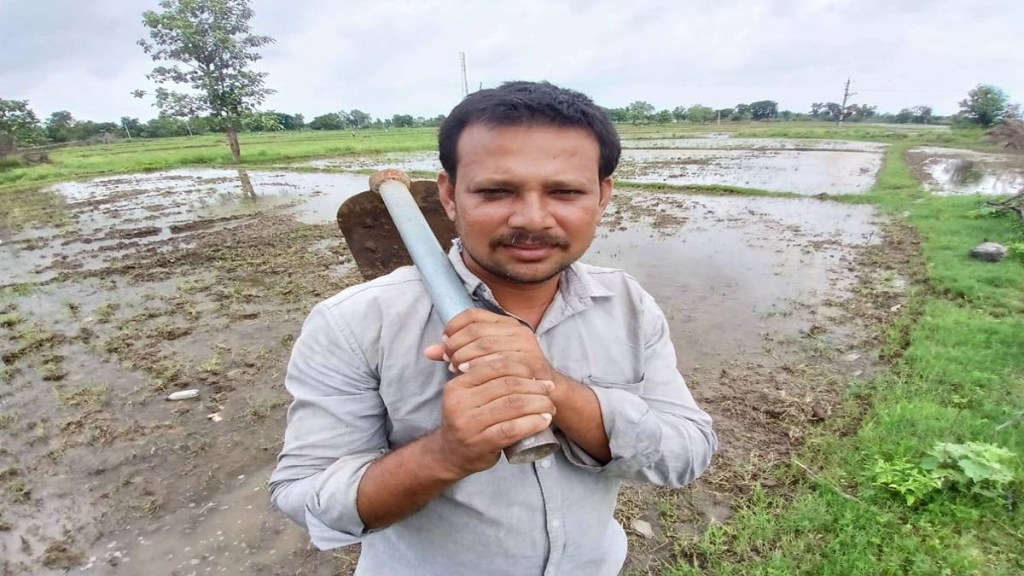Dates and deadlines matter in sharp-elbowed negotiations and hence what happens by July 9th is arguably crucial. But to Eslavat Ramesh, a small farmer in the rain-fed Warangal district of Telangana, it is just another date in his Kharif season calendar. Busy inter-cultivating paddy on his three-acre farm and applying pesticides on maize crop when not plying tractor on other farms for some extra income. His routine will hardly change by August 1st – yet another sacrosanct date for the trade deal negotiators- as he will only get to concluding his inter-cultivation operations. He has little time at his disposal to negotiate or pontificate on what can or cannot lie ahead for Indian agriculture. He is distracted by more immediate worries – access to adequate water, uninterrupted power supply and availability of fertiliser albeit he gets curious at the mention of opening up of Indian agriculture and India’s stand against it. “Any move that can protect farmers from market disruptions is good,” he murmurs. But on genetically modified crops, he has a view that his friends share too. Sharing it in Telugu, interspersed with English, Ramesh, who successfully concluded all his years at a local school, says: “pests find a way and you need to be ready at times with more virulent pest attacks.”
Beyond genetic wizardry
Genetic wizardry need not be a gateway to agricultural glory. Experts agree and first see the need to appropriately design rules and guide farmers with suitable pathways. After all, they point out that despite
being around in the US for about three decades or thereabouts, there are still discussions galore. Other than the arguments from farmers’ perspective, debates continue even on the consumer side on the long-term side effects.
In the ongoing trade negotiations in the US, the news is now that India has apparently made a final offer, including keeping agriculture off the table. Many policy analysts and stakeholders expected this going by the homework done by the Indian negotiators. On the crucial agriculture sector, while an average farmer seems to welcome any move against disrupting the market, the concerns seem around more immediate issues and on policies, a focus more around destination and not any date or deadline.
The agri experts, who prefer not be named, feel, the trade negotiations with the US could be used as an opportunity to transform Indian agriculture with newer pathways for farmers on use of technology. These could also include pathways on growing of GM crops and other technologies with a clear focus on the basic objectives of productivity enhancement, cost reduction, greater resilience and better quality. This is all the more crucial when the future of agriculture is today closely interlinked with food security, energy security and nutrition.
What should the pathway offer? An agri expert, who also did not want to be named and is in the know of the homework done by the officials currently negotiating with the US, says, the future lies in pursuing science-based processes that are transparent and predictable. By science-based meaning focus on a range of agri technologies – GM and other alternative technologies and each of these with respect to the productivity outcomes and their implications on health and nutrition. For instance, there could be gene-editing, phenotyping and hybrids using artificial intelligence.
The transparency in these would come through with the government as the convenor and details shared on the discussions held and conclusions reached. And, to top it all, make it all predictable and therefore consistent since it would entail investments and capacity creation.
Direction of imports
Even on agri imports, there is an argument in terms of the direction of the imports. For example, imported maize could be only for say making of ethanol or much like minimum support price for farmers, there could be minimum import price or its equivalents so that there is no disruption in the market. There could also be quantitative restrictions in imports.
Farmers could also be guided on newer approaches. For instance, refuge area concept in the fields that grow GM crops. That is where a small area of crop land is set aside for traditional crops that pests feed on and protecting the bulk of the farm devoted to say a GM crop.
For the moment, it is back to the sharp-elbowed negotiators.
